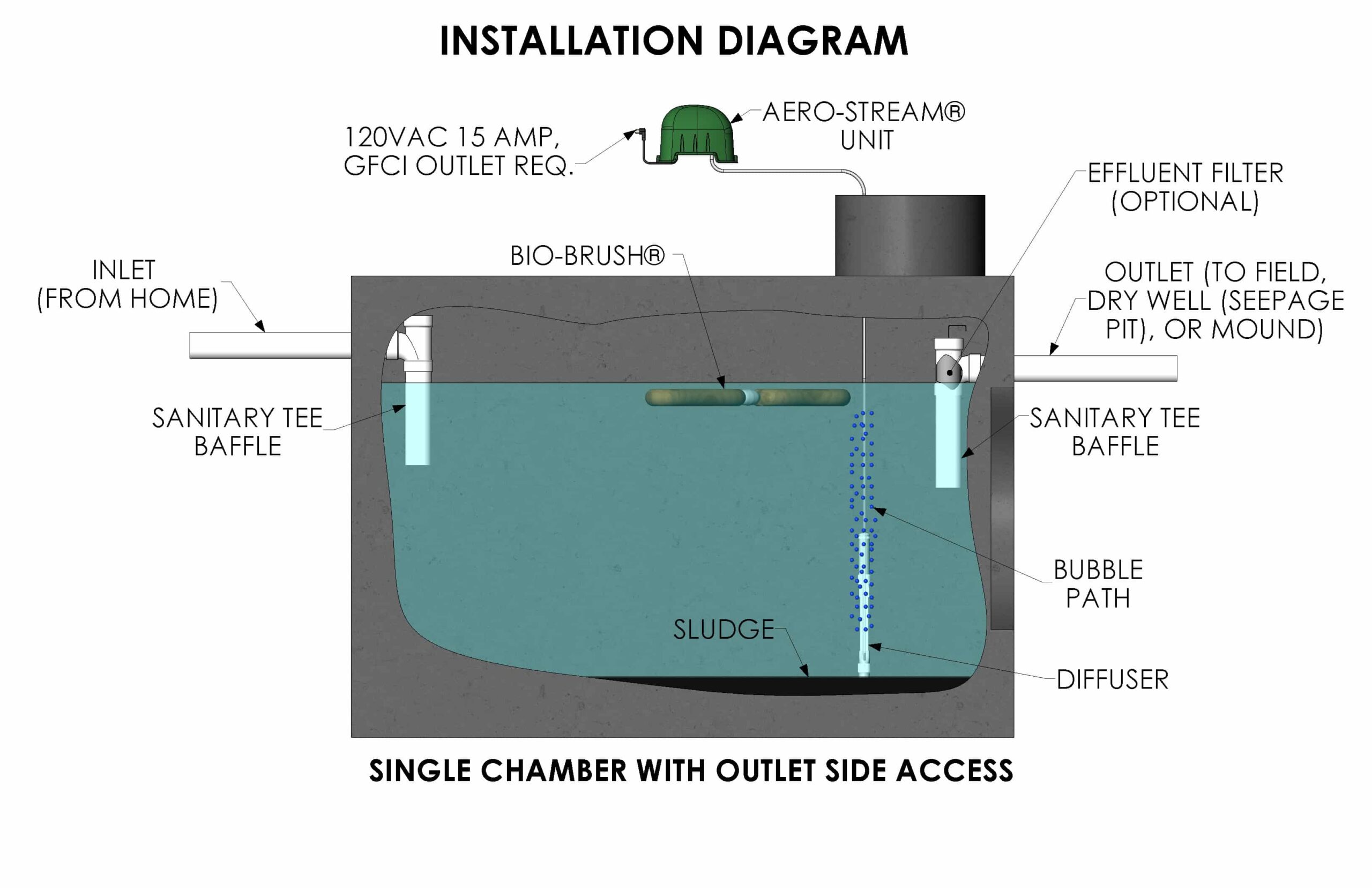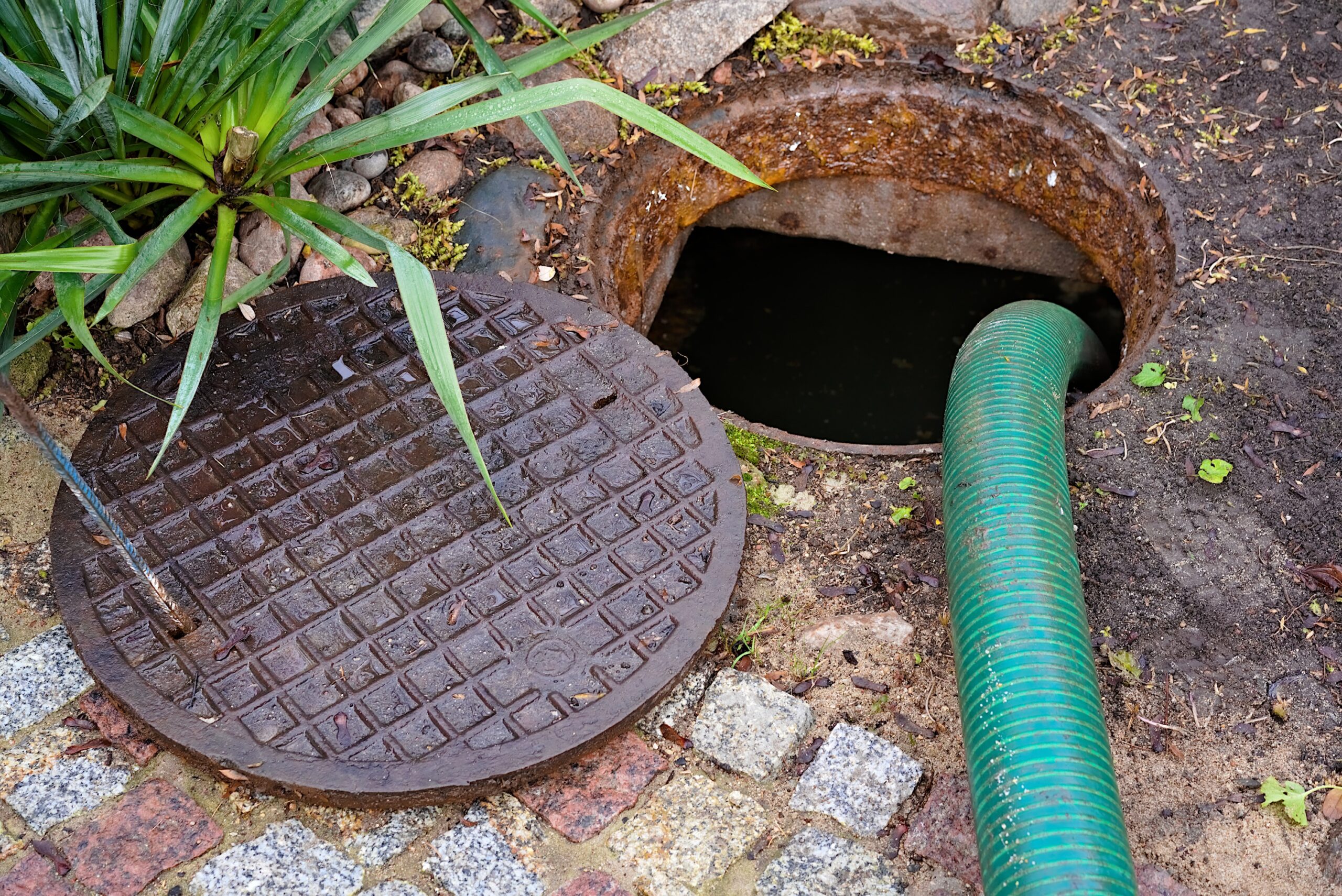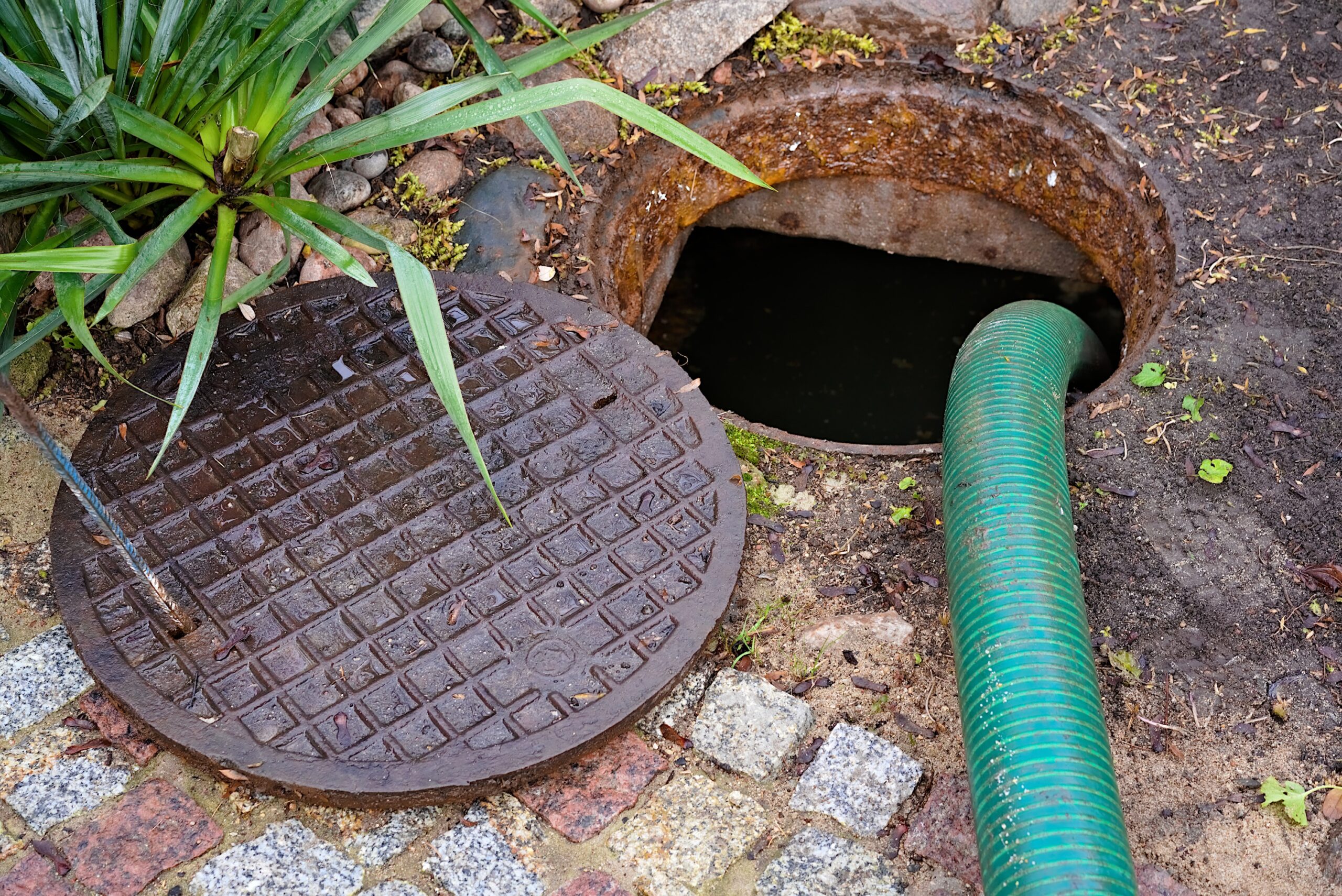Aerobic Wastewater Treatment
Aerobic wastewater treatment uses oxygen to break down organic contaminants and other pollutants like nitrogen and phosphorus. A mechanical aeration device continuously adds oxygen (air) to the wastewater or sewage, such as an air blower or compressor. Aerobic bacteria then devour the organic material in the wastewater, converting it to carbon dioxide and biomass, which may then be collected.
Due to the oxygen requirements of these organisms, aerobic systems are expected to have a means of supplying oxygen in the form of air onto the biomass. Examples include wastewater treatment ponds, which work by creating a large surface area for the introduction of air to the wastewater, together with some sort of a mechanical aeration device. This explains why quite a number of wastewater treatments are carried out in open tanks and ponds.
Depending on the wastewater’s chemical composition and the requirements for the effluent, a biological wastewater treatment system may consist of a number of different techniques and microorganisms. There are other treatment options available, but for now, let us focus on aerobic treatment.
To maintain proper growth rates in a wastewater treatment plant for the variety of microbial communities in the biomass, they will also require particular operational procedures that will vary depending on the environment. For instance, it’s typical to need to keep a close eye and adjust aeration in order to maintain a constant dissolved level of oxygen in order to keep the system’s bacteria growing at the best rate to fulfill discharge criteria.
Remember, these are aerobic bacteria, which means that they rely on oxygen for their survival. In an onsite residential treatment system, the influent is much less variable so the ATU manufacturer will design the system to work well in all conditions.
In addition to dissolved oxygen, municipal wastewater treatment plants’ biological systems frequently require adjustments for load, flow, temperature, PH, and nutrients. When it comes to harmonizing a number of system components, the biological therapy process can get incredibly intricate. All these variables must be maintained at optimum levels to ensure that the biological system is operating at its best. Again, in a residential ATU environment, no adjustment is required as the ATU designs are very robust.
Some examples of aerobic wastewater treatment systems include fixed-bed bioreactors (FBBRs), activated sludge, biological trickling filters, and membrane bioreactors (MBRs) as explained below;
What Varieties Of Aerobic Treatment Of Wastewater Systems Are There?
There are numerous technologies available for the aerobic treatment of wastewater and sewage. The choice of the one to use often falls on the user. However, there are several aspects that should be considered before the selection of an aerobic wastewater treatment system. The consideration of these systems puts you in a better position to make the most informed decision;
Here are a few examples:
- Conventional activated sludge: In traditional activated sludge, aerobic bacteria in the tank (aeration tank) break down organic waste. In a sedimentation tank, the generated biological sludge or flocs are separated from the purified water.
- Moving bed biofilm reactor (MBBR): In a moving bed biofilm reactor, biofilm develops on plastics that suspend and circulate in an aeration tank (MBBR). These are kept in the aeration tank using retention sieves.
- Membrane bioreactor (MBR): A state-of-the-art method that combines membrane filtration and activated sludge processes.
What Does The Aerobic Treatment Of Wastewater Accomplish?
Industrial effluent that has already undergone anaerobic treatment is typically polished with aerobic treatment. By doing so, it is ensured that the wastewater has completely degraded and may also be disposed of safely in accordance with environmental regulations. A wide range of industries, including the food and beverage, chemical, and municipal sectors, can use aerobic treatment methods. The system is also popularly used in homes. The increasing popularity of this method is attributed to the numerous benefits associated with it. They include;
Costs and Benefits
The treated water (waste) is recycled for use in outdoor irrigation by an aerobic treatment unit (ATU), which collects and treats wastewater leaving homes. ATUs are currently being installed in newly built homes as well as in the United States to replace always-failing septic systems (USEPA, 2000). Only when the site and soil conditions preclude the use of more straightforward systems, like septic fields, is ATU chosen.
In comparison to conventional septic systems, homebuilders get the idea of relieving themselves of outdoor irrigation expenses to be an appealing benefit of an aerobic treatment system. Because ATU requires less yard space and permits homes to be built closer together than septic systems, developers and homebuilders may prefer their installation over septic systems (OEDQ, ASUS). The suitability of ATU installation services for bad-quality clay or extremely sandy soils is another major benefit.
ATU installation expenses are expensive initially, however they decrease over time (ODEQ, ASUS) (ODEQ, ASUS). In 2015, prices for brand-new residential ATU installations ranged between $5,500 and $5,700; these prices included a 2-year guarantee and four routine inspections. A service agreement for a year would cost $150 to $225. An ATU inspection would set you back $190.
After installation, ATU must be serviced and maintained for two years by a licensed installer (ODEQ, 2012). (ODEQ, 2012). For the first two years following installation, the licensed installer will pay all maintenance expenses, excluding whatever sums the homeowner and the installer have agreed upon in a written contract.
The homeowner (ATU owner/operator) or a renewed or newly contracted certified maintenance firm must carry out the maintenance and operation requirements once an ATU has been installed and maintained by a certified installer for two years. Sludge cleanup could be one of the ongoing expenses paid for by the homeowner (owner/operator). The cost of employing the proper disposal methods as well as hiring a qualified professional to remove the sludge from the pre-treatment tank is the responsibility of the homeowner. The frequency of the sludge removal method should be determined by the loading rate and size capacities of every system (ATU).
The aerobic treatment system has had its impact especially in conserving the environment. The use of aerobic water treatment systems is projected to increase over the coming years. This trend will be attributed to the increasing knowledge of its operation as well as the benefits associated with its use. The Aero-Stream Eco-Nest ATU product is very efficient and stable. It is also significantly less expensive than other ATUs on the market.
Contact Aero-Stream® With Your Septic System Questions
Let the experts at Aero-Stream® diagnose your problem and guide you through the solution saving you money and stress. Experience First Class Customer Service and Septic System Knowledge. Don’t let them dig! Before you do anything else call us.
Eliminate the Stress. Call Anytime (877) 254-7093













